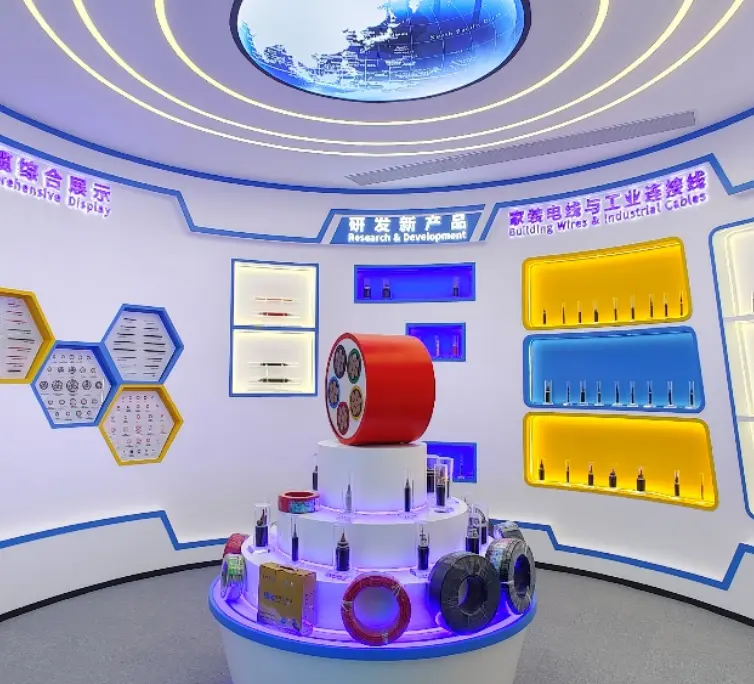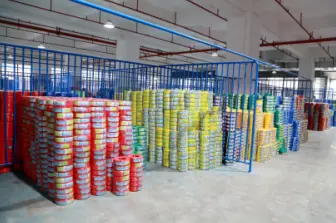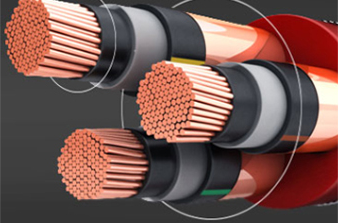- What's the difference between power cable and control cable?
1. Functions: power cable is used to transmit and distribute large functional electric energy in the mainline of power system; control cable is used to control the wiring of electrical equipment.
2. Categories are different: power cables belong to the second of the five categories of cables; control cables belong to the third of the five categories of cables (cables for electrical equipment) according to China National Standard
3. The identification of insulated core: the insulation of power cable generally adopts color phase separation; the color of insulation of control cable is generally monochrome printed digital serial number.
- Structural Features of Jenuincable Steel Tape Armored Cable
1. Conductor: Conductor structure is divided into the hard conductor and soft conductor. Fixed laying adopts a single structure plus 7 twisted structure. Mobile laying to meet the soft and bending resistance requirement.
2. Insulation layer: The insulation layer adopts different materials according to different requirements. PVC and XLPE are used for common cables
3. Protective sheath: PVC or LSZH for control cable
4. The material temperature resistance grade of insulation, sheathing and wrapping match with each other.
- Conductor Structure of Power Cable
1. Conductors comply with IEC, AS/NZS and BSI standard requirements
2. The conductors of multi-core have different shapes. The single-core is circular. The shape of Multi-core cable with size up to and 35m2 can be circular, semicircular and fan-shaped, the conductor with size over and 50m2 are circular and semicircle.
3. A single core is allowed with size below 16m2. Conductor More than 25m2 are multi strands.
- What is building wire?
Building wire is generally used in house fixed wiring. It is PVC insulated unsheathed electric wire. The construction is CU/PVC.
Jenuincable makes the building wire by 2 standards.1 AS/NS 5000.1, for Australia market, voltage is 0.6/1kv. 2 BS EN 50525-2-31 and IEC 60502, for the international market, voltage is 450/750v.
- What is an ohm?
An Ohm is the SI unit for electrical resistance and is symbolized by the Greek letter Ω.
The Ohm is related to the current and voltage in a system: a current of 1 amp through 1 ohm of electrical resistance produces a voltage of 1 volt across it.
The formula for this is I=V/R where:
I = the current through the conductor
V = the voltage measured across the conductor
R = the resistance of the conductor
Materials with a low resistance make good conductors – examples include copper and aluminum - whereas materials with very high resistance which make good insulators, such as PVC (Polyvinyl Chloride) and PE (Polyethylene).
Conductors are typically measured in Ohms (Ω) whereas insulators are measured typically measured in Mega Ohms MΩ.
 English
English  français
français  Deutsch
Deutsch  العربية
العربية  tiếng việt
tiếng việt  ไทย
ไทย  čeština
čeština  Indonesia
Indonesia  Eesti
Eesti  български
български  slovenčina
slovenčina 




